Creating adaptability and resilience with your training
The title refers to a quote attributed to the American sports conditioning coach Vern Gambetta, regarding strength training, which says:
“Why are we so obsessed with the strength that we can measure, rather than strength that we can use?”
This is a powerful statement that has far reaching implications. When putting together strength training routines, many people simply start training – weights, cardio, try to eat well. However, what are they training for? To lose weight, gain muscle, play with their kids, for a sport, to de-stress, for longevity, for fun or for adaptability to anything life might throw at you?
One of life’s curve balls
Recently, this was brought into sharp focus in my own life when my two-year-old son broke his leg and was in traction for 5 weeks. This meant almost every move he made required a parent to lift him there – bed to wheelchair, wheelchair to the floor, floor to the dining table, wheelchair to car etc. See the pictures below for examples.
First up, it looks like standard deadlifts and loaded lunges would be awesome for this right? I agree…up to a point. Although, I don’t do any of these in my own training. I would also draw your attention to the weight distribution, positions, grip, symmetry and shape of the load, in this case, my son, during the movements. None of these are standard. And then look at some of my body positions. This doesn’t even include lifting him into the middle car seat of a large car, requiring reaching him almost at arms’ length away from my body.
Here’s the crux of it. Traditional training is useful. In fact, it’s proven to be so and I support everyone “getting their strength on.” But for episodes in life like this, and so many others, you need something more. You need to load your bubble. You need the strength that you can use.
Think variability
What does this mean? Well, the tissues of our body aren’t arranged in straight lines up and down our bodies. Recent research into the muscles and fascia show that they run in almost every direction possible. Also, some tissues respond well to heavy loads, others to lighter loads, some tissues like faster speeds, others slower. And so on, until the variety of movement as we know it is covered, in every direction.
PT Academy talk of the movement bubble often in their education. Standing in one spot and driving your limbs out in every direction from that spot would create a movement bubble; unique in shape to you, reflecting your strengths and weaknesses. If we can move in all directions of the bubble, and improve it over time, it will translate into a body that can adapt to many things.
Loading in all directions, with different loads at different speeds, will create even more adaptability in the system. Whatever your goal, this information is useful. If you want hypertrophy, load up in several directions to yield the best results. For mitochondrial density, a variety of styles endurance training will be hugely beneficial. If you, like me, and a huge number of our clients, need to be fit for the game of life, and deal with the curve balls we can’t predict, it’s a no brainer.
3-dimensional checkpoints
PT Academy’s 3-dimensional checkpoints which are an integral part of their Behaviour Change In Exercise Course are a great place to start familiarising yourself with training with more variability. A simple system to give you the formula for multi directional (vector variability) and multi dimensional(sagittal, frontal, transverse) training. Some pertinent variables followed by a long list of possibilities in each category. Once you’ve used the system for a while, you won’t even be thinking about it. You’ll simply select the most appropriate version of an exercise with the appropriate variables to meet the client’s goals and needs.
This doesn’t mean ditch the linear sagittal training. It means have a reason for doing it, within an entire training approach, rather than being the entire training approach.
One example from real life
I said earlier that I don’t do deadlifts and lunges. I do similar actions (and a whole lot more) in different ways and I’m pleased to report no injury occurred during the time of the additional challenges at home. So what prepared me for the sudden influx of loaded ground to standing, offset deadlifts and loaded locomotion I had to do with my son? You guessed it, the variability of training input across sessions and within sessions – fascial mobilisers, soft sand beach runs, yoga, loaded movement training with ViPR and Sandbells, vibration training and Animal Flow. A tiny fraction of the movements relevant to this challenge with my son is shown below.
Left:
1. ViPR sit and reach
2. ViPRrunaround to lunge
3. Sandbell step and shift to multi vectors
All teaching my body to stabilise load from different angles
Left:
1. Animal Flow deep ape position
2. Animal Flow beast to travelling beast
These are teaching my body about being strong close to the floor and in extended positions
Left:
1 & 2. Sandbell ‘deadlift transfer’
3. Power Plate posture pull static with vibration
Teaching my body to load from different angles in extended positions and to be strong in tall postures
Could it be better?
Based on this latest episode, I still feel I was missing a few things. I need to adjust things to include lifting from my knees on the floor in different ways with different loads, as part of a ground to standing drill. A Turkish get up with one hand pointing to the ceiling the whole time wouldn’t be task specific, as great as the exercise may be. Also, loading into the crook of the elbow and not just using hand grips. People do this so often in life, but when do they do it in training? My thoughts are going along these lines:
The stand out realisation
The thing that stood out most to me during this episode was the incredible value of the deadlift in everyday life, but the incredible limitation we have created by making it a linear lift with huge restrictions on movement variability. Significantly reducing the load and ensuring good length in the spine, we could turn this already great exercise into an absolute winner for every athlete competing in the game of life. To be honest, every athlete in anything! Take the 3DC and for each lift manipulate the environment, the beginning position and especially the triangulation of each lift, according to the goals and needs of each and every client. The implications of this simple idea are endless and enormously exciting from this writer’s perspective.
And finally
To pull all this together (from several angles of course!), this serves as a reminder to meet the client where they need to be met; open our minds to doing things beyond the standard protocols; realise the awesome potential that lies within our role to transform the human experience and have some fun in the process by being creative with movement. Essentially, become more adaptable of mind, so that our clients become more adaptable of the body, creating strength they can use.
Thanks for listening! JP
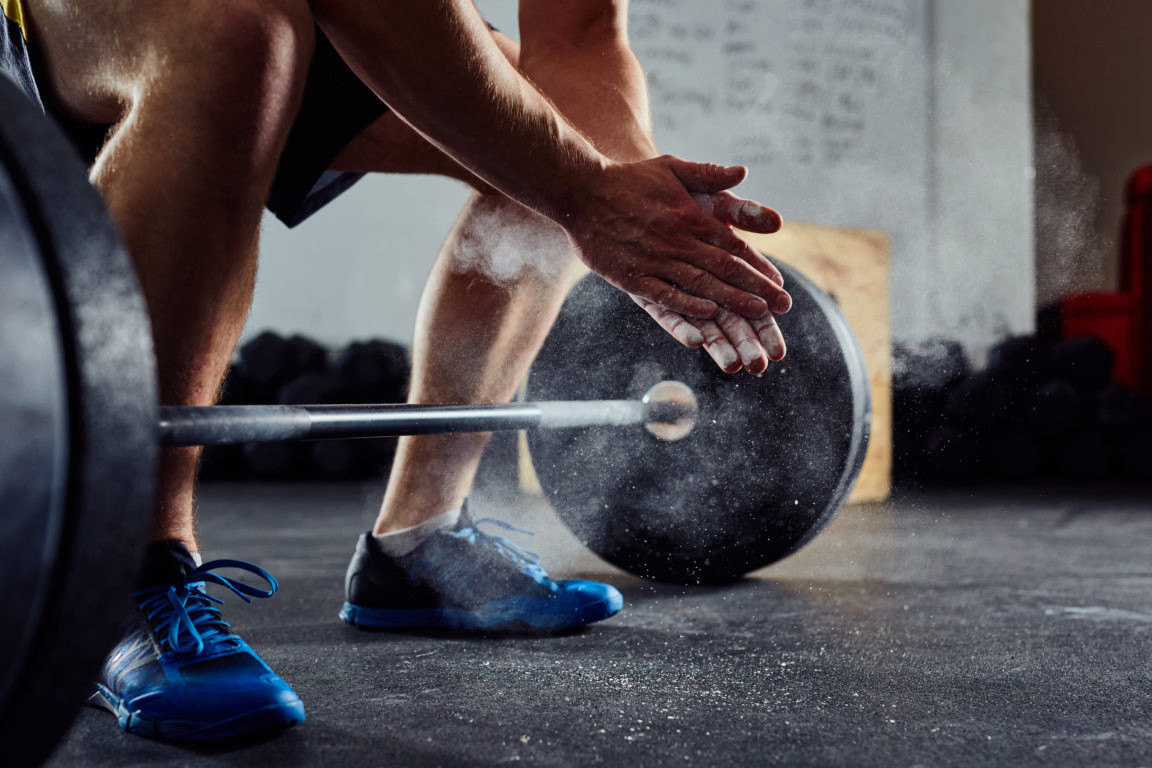
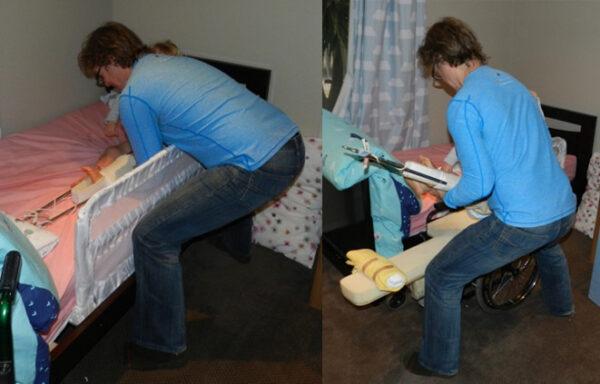
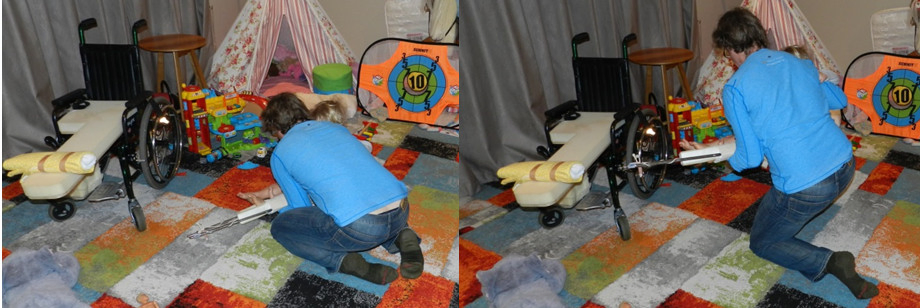


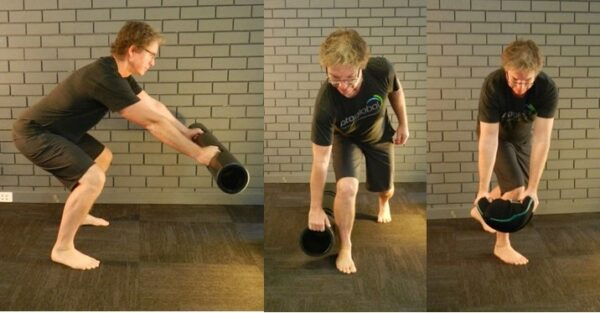
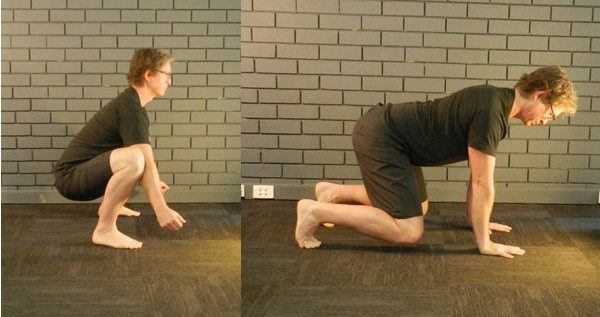
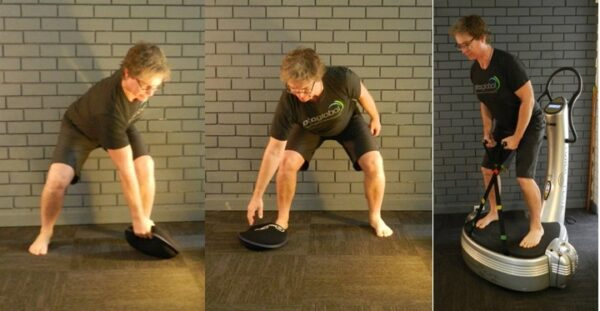
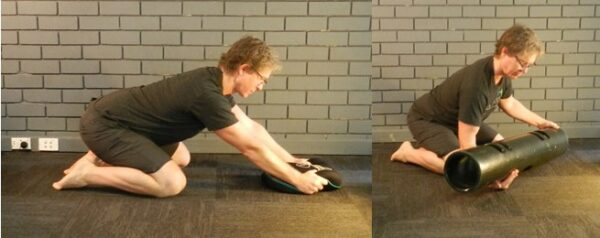
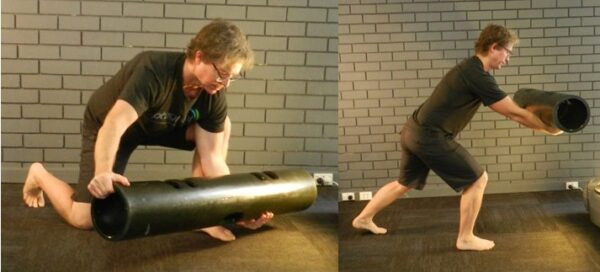
I have noticed you don’t monetize https://www.ptacademy.edu.au, don’t waste your
traffic, you can earn additional bucks every month with new monetization method.
This is the best adsense alternative for any type of website (they approve all websites), for more info simply search in gooogle: murgrabia’s tools